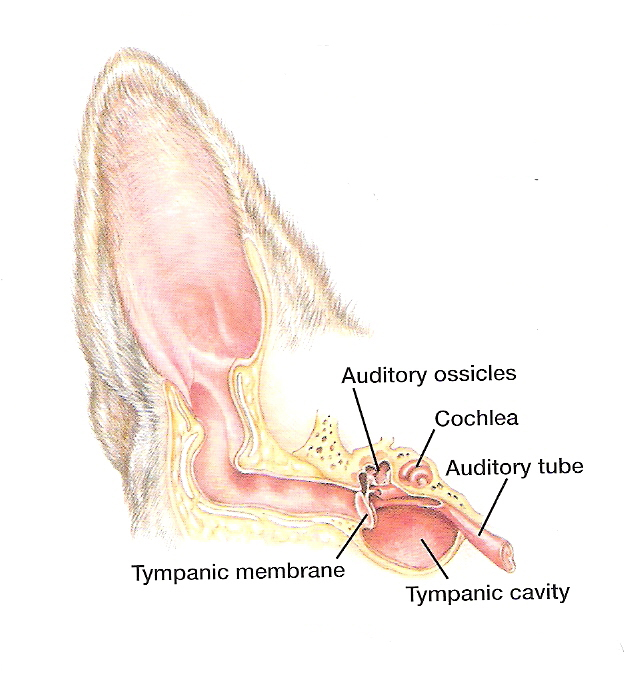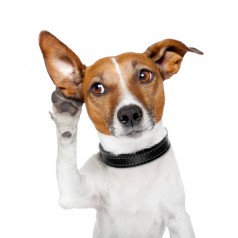Ears – Whats Normal and How to Clean Them
A healthy canine ear should not require any special treatment or care other than a regular check just to make sure all is well and that there is no irritation, wax, discharge, foul/sour smell, or excessive build up of hair (which can affect certain breeds eg Poodles).
It is not recommended to use ear cleaners or medicated ear wipes on a regular basis unless this course of action is specifically recommended by your vet. Production of some wax is the normal process by which the canine ear self-cleanses but, if your dog does produce excessive accumulations of ear wax then it may be useful to keep this under control.
Do a routine ear cleaning either with apple cider vinegar or with a mild white wine vinegar and water solution. Use the vinegar and tepid water, mixed in equal parts. Lift the dog’s ear straight up without pulling. With a syringe or turkey baster, gently flush the mixture into the ear. Your dog will reflexively shake her head. Before it does, massage the base of the ear with your fingers until you hear a squishy sound. Let it shake its head. This is best done outside because some of the gunk will be sent flying when it shakes. For general maintenance, do this every three or four weeks. The vinegar provides a proper pH for the ear and helps dislodge dirt and wax.
Please make sure that when applying ear cleaners or drops, that you do not insert the nozzle too far.
Cleaning Your Dog’s Ears:

Whenever you begin using a new product, use only a very small quantity to begin with. Some dogs react badly to even the most gentle of ear cleaners, so it it is always best to check his level of sensitivity to the product.
Never use cotton buds (Q-tips), tweezers or other objects to clean your dog’s ears. It is possible that the buds will nudge any waxy material deeper into the ear canal, making the problem worse. Tweezers can accidentaly damage the internal ear so at any time that there is necessity to get right into the ear, this should always be done by a vet or qualified professional.
When using cotton wool, only swab from the top of the ear canal. Never push the cotton wool (or as I’ve already said, cotton buds) into the ear canal. In most cases, debris or wax will rise to the surface naturally.
Prevention of Hair Build Up
This is a common problem in Poodles, their crosses (such as Labradoodles) and many other breeds which contain excess hair in the ear canals. Often it causes the dog to shake their heads and scratch and rub at their ears.
Obviously, prevention of the build up is preferable. Regular checking and control of the problem enables you to remove only a few hairs at a time. Do not persist for too long at each session if your dog finds the process extremely uncomfortable.
Most of the hair occurs near the opening of the ear canal and can usually be reached using fingertips alone. If this is the case, wipe your fingers with powder before you start to help you get a better grip on the fine hairs that line the ear canals.
It is best to avoid using tweezers, even in the most placid dogs, unless you are an experienced groomer and, if it is necessary to use tweezers, blunt plastic ones are preferable (and possibly a muzzle for your dog should he find the process very unpleasant indeed). Please remember that it is very easy to damage the ear if the dog moves suddenly.
If you suspect hair build-up, gently lift the ear flap and look into the external ear canal. You may be able to see a mass of matted hair and trapped wax. If so, the trapped hair and wax should be removed. This may prove rather difficult, however, as plucking out the hair may be painful. Struggling risks damaging the ears so if your dog won’t tolerate plucking, a sedative or anaesthetic at the vets will be required.

